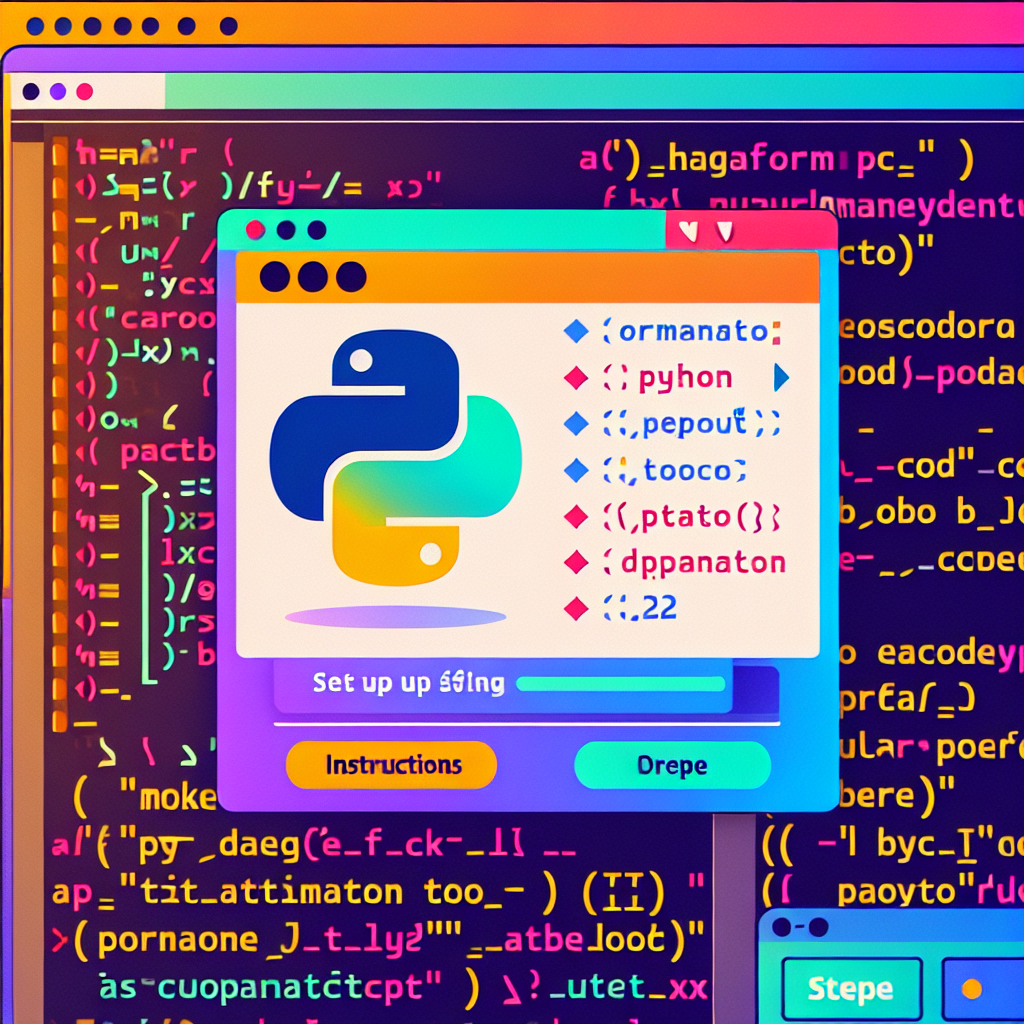Welcome to "Continuous Improvement," the podcast where we discuss strategies, tips, and insights to help you excel as a leader in the tech industry. I'm your host, Victor, a seasoned software engineer turned leader, and in today's episode, we'll be diving into a topic that is essential for anyone looking to transition into a leadership role – "Developing Leadership Skills in the Tech Industry."
As a software engineer, you are accustomed to focusing on completing tasks and ensuring technical excellence. But as you progress in your career, you'll realize that technical expertise alone is not enough to succeed in the tech industry. You'll need to navigate through a variety of issues and crises on a daily basis. The good news is, with an open mind and continuous learning, you can develop the skills required to lead a team effectively.
To begin with, it's crucial to understand the fundamental principles of leadership. As you climb the ladder, your responsibilities will shift from completing tasks to providing direction, guiding others, and considering overarching corporate strategies. That's what the title "Director" signifies – someone who knows the destination and leads the team towards it. So, my advice is to stay curious, learn about your company's decision-making processes, and always be open to asking questions and seeking knowledge.
Leadership doesn't always mean being overbearing or extremely extroverted. In fact, there are six different leadership styles that cater to different situations. Let's take a quick look at them:
- Coercive Leadership, effective during crises.
- Authoritative Leadership, inspiring others through vision.
- Affiliative Leadership, focusing on team unity.
- Democratic Leadership, building consensus.
- Coaching Leadership, aiming for individual growth.
- Pacesetting Leadership, setting performance standards.
It's important to understand your own leadership style and adapt it to suit different scenarios and team dynamics. There is no one-size-fits-all approach. Your style may need to change as the team progresses and faces various challenges.
To be an effective leader, you must know both yourself and your team members. Each individual has unique strengths and weaknesses, and it's your role to guide the team towards achieving its goals. This involves setting objectives, fostering teamwork, communicating clearly, and collaborating with stakeholders. Fairness is crucial when resolving conflicts within the team. Recognize and reward positive contributions while addressing any negative impacts. And above all, lead by example – your actions speak louder than words, making you a role model for the team.
Managing a team requires not only competence but also emotional intelligence. Understanding each team member's needs, work styles, relationships, and conflicts is essential. Formal and respectful communication fosters an environment of mutual respect and cooperation.
Thriving as a leader in the tech industry requires more than just technical skills. It involves envisioning the future, showing determination, displaying integrity and commitment, exuding confidence, and communicating effectively. Additionally, you should demonstrate creativity, inspire your team, foster collaboration, and be authentic in your leadership approach.
I hope you find the insights and strategies discussed in this episode helpful as you develop the self-awareness required to become an effective leader. Remember, you don't have to wait for permission to step up – take the initiative when urgent issues arise. Be proactive in seeking the resources you need because, in a world with a shortage of effective leaders, you have the opportunity to make a significant impact.
Thank you for joining me today on "Continuous Improvement." If you found value in this episode, be sure to subscribe to our podcast for more insightful discussions on leadership in the tech industry. Until next time, keep improving and leading with confidence!



